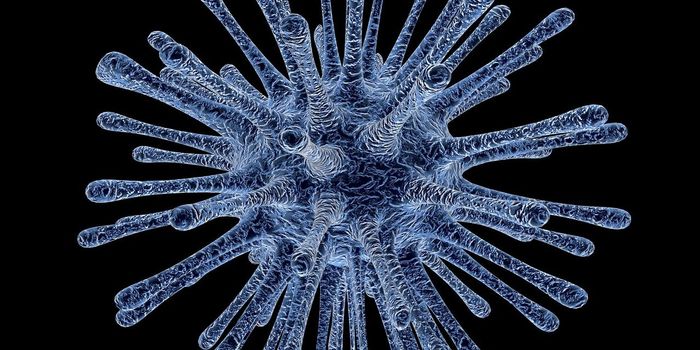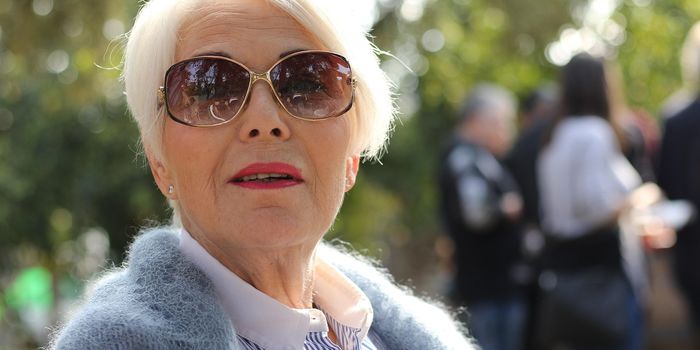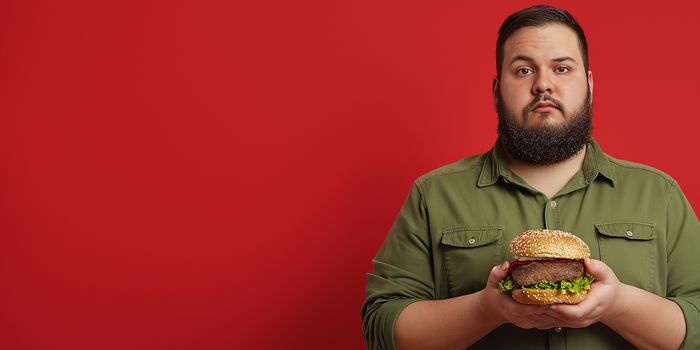Grover Cleveland's Covert Cancer Excision
Labor Day, the American holiday created to celebrate the “social and economic achievements” of the workforce, is associated with a three-day weekend, the unofficial end of summer, and a day to get one final swim in at the pool or beach. Already recognized as a holiday in several states, in 1894, the US Congress, under President Grover Cleveland, designated the first Monday in September as Labor Day.
Grover Cleveland established Labor Day as a holiday on June 28, 1894, about one year after surviving a secretive surgery to excise a tumor on the roof of his mouth. Diagnosed in private by White House physician Major Robert Maitland O’Reilly, Cleveland felt news of his ill-health would cause panic among Americans already nervous about the unstable state of the economy.
Cleveland arranged for a covert maxillary resection, a surgery that removes part of the upper jaw. The surgery took place on a yacht, the Oneida, in a saloon-turned operating room. The White House told the press the President went on a fishing trip. Cleveland’s physician, Joseph Bryant, who had performed and published extensively on this type of procedure, coordinated a team of specialists. Surgeon William Keen assisted Bryant, and physicians, including O’Reilly, Edward Janeway, and J.F. Eidmann, provided additional support and monitoring. Dentist Ferdinand Hasbrouck assisted with anesthesia and the extraction of teeth near the tumor. To vail the reason for the President’s visit to the Oneida, each doctor embarked separately at various ports around the Long Island Sound. Each of these doctors swore an oath to protect the secrecy around this operation until the White House officially released the story.
The surgeons benefited from a mirror fortified electric light and a cheek retractor, novel instruments secured from Europe. The procedure lasted less than 90 minutes, but the President remained onboard to recover for a few extra. In total, Cleveland stayed out of the eye of the public for about four days.
The surgical team removed the tumor through Cleveland’s mouth, leaving his face and signature mustache mostly unaffected, further helping keep news of the President’s diagnosis and subsequent procedure away from the public. The White House informed the public that Cleveland had a cold and toothache to cover up the speech impairment. Shortly after, a dental prosthesis, designed by dentist Karson C. Gibson, allowed the President to speak similarly to his speech before the excision. Just five and a half weeks after the surgery, Cleveland addressed Congress.
Two months after the covert procedure, E.J. Edwards of the Philadelphia Press reported the details of Cleveland’s diagnosis and surgery, possibly sourced by Hasbrouck. Cleveland and his team denied the reports and discredited Edwards. Cleveland’s cancer story remained, temporarily, lost to history for nearly a quarter century. Publishing an article in the Saturday Evening Post in 1917, Keen explained what happened with the blessing of Frances Folsom Cleveland Preston, Cleveland’s widow.
Cleveland lived another 15 years, presumably with no sign of cancer returning. If Cleveland had had oral sarcoma or carcinoma, it would have likely recurred before he died with no sign of cancer. This controversy prompted a modern examination of the excised specimen performed in 1980. Modern techniques and analysis revealed the President likely suffered from verrucous carcinoma, a rare but treatable cancer.
Sources: J Oral Maxillofac Surg, Anesthesiol, JAMA, Surgery, J R Soc Med, NPR, Atlas Oral Maxillofac Surg Clin North Am









